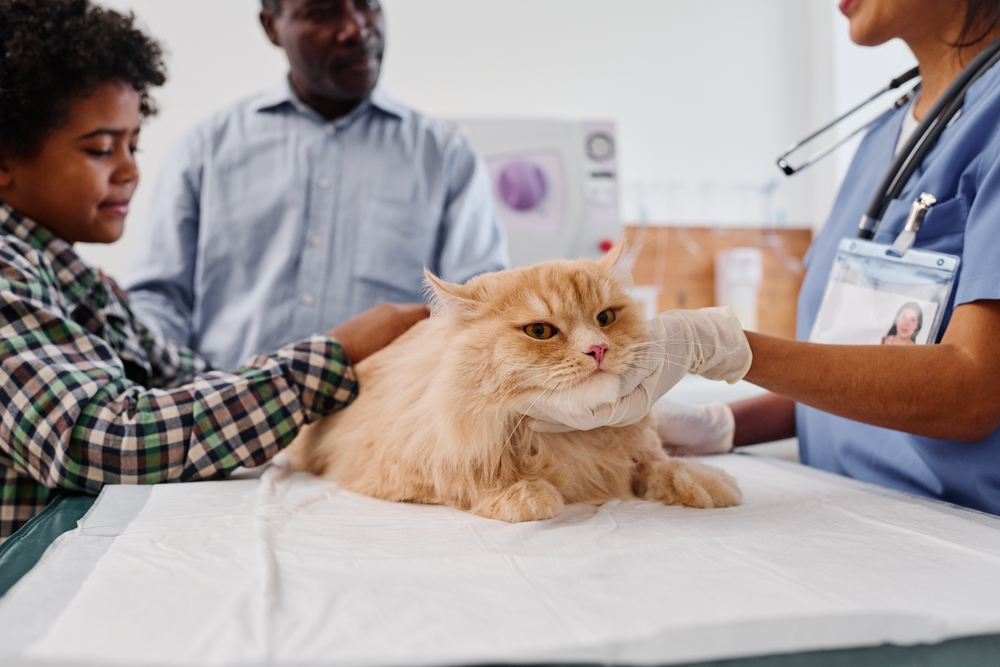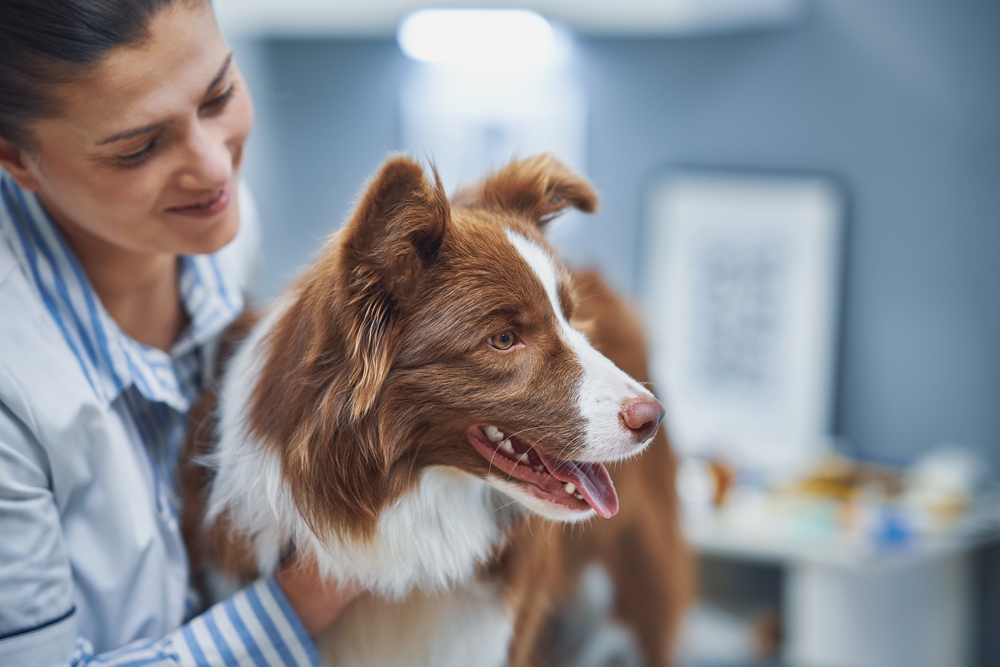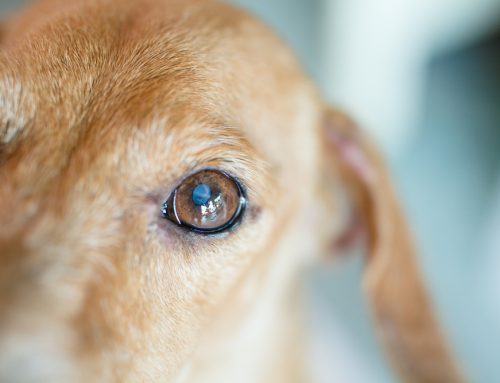Post-Surgical Recovery in Pets: What to Watch For and When ICU Care Is Needed
Omega Veterinary Group | San Mateo, California
Bringing your pet home after surgery can be a relief, but the real work for you often begins after the procedure is over. Post-operative care is one of the most important factors in a successful recovery, and it comes with understandable questions. What is normal? What is not? How do you prevent complications? When should you be concerned?
At Omega Veterinary Group, our goal is to help you feel informed, prepared, and supported through every phase of healing. This guide explains what the first few days typically look like, how to spot trouble early, and why certain surgeries may require ICU-level monitoring before a safe discharge.
The First 48 Hours: What Pet Owners Should Expect
The initial 24 to 48 hours after surgery are critical. Pets may be drowsy, clumsy, disoriented, or have a reduced appetite as anesthesia wears off. These signs are expected, but this window also requires close observation and predictable routines.
Managing Pain Effectively
Your veterinary team will prescribe pain control tailored to the procedure and your pet. Follow dosing schedules precisely. Because pets do not verbalize pain, watch for pacing, restlessness, vocalizing, hiding, reluctance to move, shallow breathing, or panting. If these signs persist despite medication, call your veterinarian for an adjustment.
Protecting and Supporting Recovery at Home
Post-operative restrictions are just as important as medication. Activity, environment, and monitoring all play a role in safe healing.
- Confinement: Dogs should remain on leash for bathroom breaks and otherwise rest in a crate or small, confined space. Tips for surviving crate rest can make this easier. Cats may need to be restricted to a quiet room with a low-sided litter box.
- Preventing jumps: Block off stairs, beds, and cat trees. Even one leap can rupture sutures, especially for internal surgeries.
- Assistive devices: Slings, harnesses, or mobility aids help large or weak pets walk safely. Rugs provide traction on slick floors.
- Protecting the incision: An Elizabethan collar is essential. We know the cone is miserable for everyone, but it’s truly critical. Some determined pets require multiple barriers- rigid cone, donut, and recovery suit- to prevent access to their surgery site.
- Separate from other pets: Even friendly housemates can cause rough play, lick the post-surgical pet’s incision, or create stress.
- Basic needs: Monitor eating, drinking, urination, and defecation. Call if your pet refuses food or water, strains to urinate, or skips bowel movements for more than 48 hours.
These steps reduce the risk of incision trauma, infection, and internal complications that may otherwise require intensive care.
Monitoring the Incision: What Is Normal, What Is Not
Surgical sites should improve steadily. Mild swelling or pinkness is typical early on. Prevent licking or chewing by using an Elizabethan collar or recovery suit, even if your pet objects. Call your veterinarian if you see increasing redness or warmth, bleeding or thick discharge, a foul odor, or any gaping of the incision. Early attention can prevent a manageable issue from becoming an infection or wound breakdown.
When Is Post-Op Recovery Going Off Track?
Do not wait to see if concerning signs resolve on their own. Contact your veterinarian promptly for any of the following.
| Symptom | Possible Concern |
| Repeated vomiting or diarrhea | Drug reaction, pain, ileus, pancreatitis |
| Labored or rapid breathing | Pain, aspiration, fluid in lungs, chest injury |
| Lethargy that worsens | Infection, internal bleeding, inadequate pain control |
| Swollen limbs or abdomen | Seroma, internal bleeding, fluid accumulation |
| Pale or blue gums | Anemia, poor oxygenation, shock |
Common Post-Surgical Complications
Even with excellent care, some complications occur.
- Seromas: Soft fluid pockets under the incision from excessive motion
- Infections: Bacterial contamination from licking or environmental exposure
- Dehiscence: Sutures opening due to activity, self-trauma, or damage to the tissues- especially dangerous after intestinal or uterine surgery where tissues are inflamed, infected, or poorly supplied with blood. Risk of dehiscence remains high for up to a week, not just the first 48 hours.
- Adverse drug effects: Nausea, diarrhea, agitation, or sedation outside expected ranges
Most of these are manageable when identified early, often without another surgery.
Common Surgery Examples and Why Critical Care May Be Needed
Some procedures carry higher risk for pain, bleeding, infection, or respiratory compromise. ICU-level care allows continuous monitoring, oxygen therapy, advanced pain control, rapid lab checks, and transfusion or ventilation if needed. Here are common surgeries and why we may recommend intensive care for the first night.
Gastrointestinal Emergencies
If a dog eats a toy or your dirty laundry and develops an intestinal blockage, surgery may be required to remove it. In severe cases, parts of the intestine may need to be removed and reattached (resection and anastomosis). Pets that arrive dehydrated or septic benefit from ICU fluids, antibiotics, electrolytes, and close monitoring for leakage from the intestinal repair.
A life-threatening stomach twist causing bloat, called gastric dilatation-volvulus, needs immediate surgery and intensive post-op care to watch for arrhythmias, low blood pressure, and reperfusion injury.
Reproductive and Bladder Surgeries
Uterine infection in unspayed females can escalate quickly. Pets with pyometra may experience rupture of the uterus and life-threatening sepsis. Patients often need IV antibiotics, fluids, and temperature support in the ICU after surgery.
Pets with bladder stones may need a cystotomy, where the bladder is opened and stones are removed. Early ICU monitoring helps detect bleeding, urine leakage into the abdomen, stones blocking the urethra, and manage pain.
Orthopedic and Trauma Procedures
Tibial Plateau Leveling Osteotomy stabilizes torn cruciate ligaments. Larger dogs or patients with concurrent illness may recover best with overnight monitoring for pain control and safe mobility planning.
Fracture repairs range from splints to plates, screws, or external fixation devices. ICU support focuses on pain control and careful mobility transitions. Compound fractures, where bone is visible through skin, require IV antibiotics and infection monitoring.
Intervertebral disc disease surgery decompresses the spinal cord in paralyzed pets. These patients must have frequent neurologic checks, help emptying their bladder, and intensive pain control while regaining function.
Trauma may also result in a diaphragmatic hernia, where abdominal organs move into the chest. These patients often require oxygen, pain control, chest drains, and continuous monitoring of breathing effort and blood gases in the ICU.
When Intensive Care Might Be Necessary
Most pets recover comfortably at home. ICU-level care is recommended if your pet shows any of the following, or if the surgery itself carries higher risk of post-op complications.
- Signs of shock such as pale gums, cold extremities, or a weak pulse
- Breathing difficulty including blue-tinged gums, open-mouth breathing, or rapid respirations at rest
- Neurologic changes such as seizures, disorientation, or loss of coordination
- Uncontrolled pain that persists despite prescribed medications
- Significant bleeding including soaked bandages or rapid swelling near the incision
Omega Veterinary Group provides canine and feline ICUs, oxygen therapy including high-flow systems, continuous monitoring, blood and plasma transfusion, advanced imaging, and round-the-clock critical care oversight so problems can be addressed as soon as they arise.

FAQs About Post-Surgical Recovery
My pet is still sleepy after 48 hours. Should I worry?
Mild sleepiness is common, but call if your pet is hard to rouse, refusing food, or not responding to you.
When can I remove the cone?
Usually after your veterinarian confirms the incision is healed, often around 10 to 14 days. Removing it early risks infection or wound breakdown.
Can I use human pain relievers?
No. Medications like ibuprofen or acetaminophen can be toxic to pets. Use only what your veterinarian prescribes.
What does a healthy incision look like?
Clean, slightly pink, and dry, with no swelling, oozing, or odor.
We Are Here To Support Every Step
Surgical recovery can feel overwhelming, especially when unexpected issues arise. At Omega Veterinary Group, our emergency and critical care teams partner with surgeons, internists, and anesthesiologists to guide your pet from the operating room to a safe recovery plan at home.
If you are unsure what is normal or you see any of the warning signs above, we are here to help right away. Have a question about your pet’s recovery or need a same-day assessment? Contact us or get to know our team. We will help your pet heal safely and confidently.






Leave A Comment